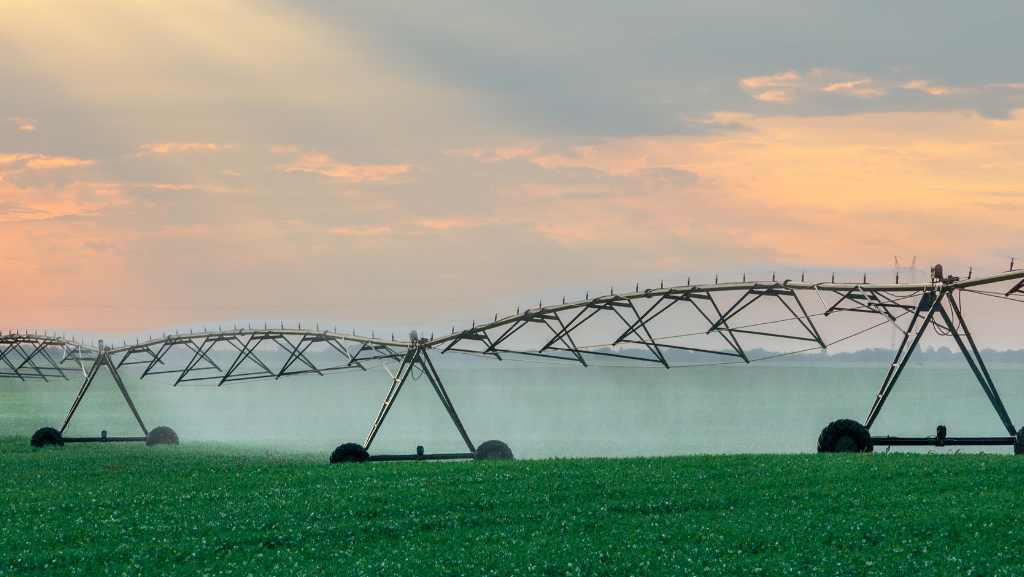When we look at our water footprint (an indicator that considers both direct and indirect water use of an individual, business, community, city, or country), indirect water use accounts for the vast majority of that total footprint. This “invisible” water comes from the goods we consume, the services we use, the materials we produce, and so much more.
Each person indirectly consumes between 1,500 and 10,000 liters of water daily, depending on where they are in the world, their lifestyle, and their consumption habits. Even that cup of coffee you enjoyed this morning indirectly used around 140 liters of water.
Luckily, there are numerous ways you can save water indirectly—some of which might surprise you.
How to Conserve Indirect Water
Food
Agriculture is one of the biggest consumers of Earth’s water supply and thus one of the biggest ways we use indirect water. For example, about 6,800 gallons of water is required to grow a day’s food for a family of four. It’s easy to see how this number racks up when just one avocado needs 43 gallons of water to grow. Our agricultural demands on the world’s freshwater resources are unsustainable, making it even more vital to understand the water footprint of your food.

Eat less meat: One way to reduce indirect water usage is by eating less meat. Beef is one of the most water-intensive foods, needing 1,581 gallons of water to produce just one pound. Instead, reach for other protein options like beans, lentils, and chicken (if you don’t want to give up meat) that have a much lower water footprint.
Eat less processed food: Indirect water usage affects more than agriculture. Water is needed for every level of food production, from processing to packaging. By eating less processed foods, you consume less sugar, salt, and preservatives and minimize packaging that increases water consumption.
Transportation
Did you know that producing one gallon of gasoline uses around 13 gallons of water? Simple steps like combining your errands, carpooling to work, or taking public transportation can reduce your water consumption and carbon footprint! If you’re lucky enough to live in a walkable city, replacing driving with walking just once a week can significantly reduce your water usage.
And this goes for flying too. Flying from Los Angeles to San Francisco, about 700 miles round-trip, could cost you more than 9,000 gallons of water—that’s enough for almost 2,000 dishwasher loads!
Clothing
Our clothing requires enormous amounts of fresh water, especially cotton and denim. It takes around 100 gallons of water to grow and process a single pound of cotton, and the average American goes through about 35 pounds of new cotton material each year.

Shop second-hand: When it comes to shopping for clothes, one of the best ways to save water is to buy second-hand since no water is needed for clothing production and fabrication.
Focus on quality over quantity: Buying less is another obvious way to reduce consumption (though it’s often easier said than done). When you need something new, stick to buying only what you really need. Go for higher quality fabrics and well-made items that will last for years. And if you’re able to, invest your money in clothes from sustainable brands that minimize their environmental impact.
You can check how sustainable the clothing brands you shop for are here.
Resources:
https://en.reset.org/save-water-reduce-your-water-footprint/
https://www.watereducation.org/post/water-use-virtual-water
https://agupubs.onlinelibrary.wiley.com/doi/10.1002/2016WR019473

